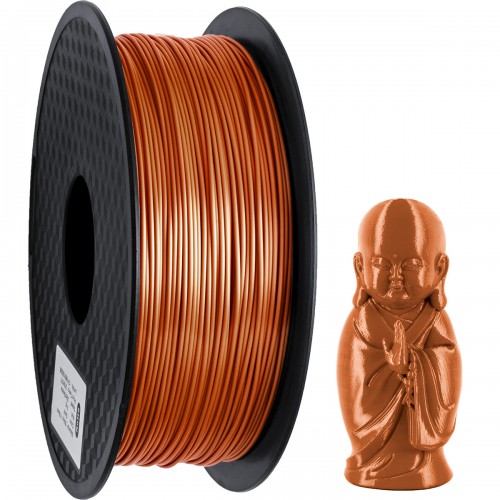In the realm of additive manufacturing, 3D printing has revolutionized the way we create objects, ranging from simple prototypes to complex structures. While we often associate 3D printing with larger-scale creations, the technology has also pushed the boundaries of miniaturization. In this article, we delve into the fascinating world of nanoscale 3D printing, exploring the smallest things that can be printed using this cutting-edge technique.
- The Nanoscale Frontier:
The term "nanoscale" refers to objects that are measured in nanometers, which are one billionth of a meter. At this scale, the laws of physics behave differently, and materials exhibit unique properties. Nanoscale 3D printing enables the fabrication of intricate structures with unprecedented precision, opening up a realm of possibilities for various industries. - Nanoscale 3D Printing Techniques:
a. Two-Photon Polymerization: This technique utilizes a high-intensity laser to selectively solidify a liquid resin, enabling the creation of intricate nanostructures. By precisely controlling the laser's focal point, objects as small as a few nanometers can be printed.
b. Electron Beam Lithography: In this method, a focused beam of electrons is used to selectively expose a resist material, allowing for the creation of patterns at the nanoscale. By scanning the electron beam across the surface, complex structures can be fabricated with exceptional resolution.
- Applications of Nanoscale 3D Printing:
a. Biomedical Engineering: Nanoscale 3D printing has revolutionized the field of medicine by enabling the creation of customized implants, drug delivery systems, and tissue scaffolds. These tiny structures can mimic the intricate features of natural tissues, leading to improved patient outcomes.
b. Electronics and Photonics: The ability to print nanoscale structures has paved the way for advancements in electronics and photonics. From ultra-compact circuitry to high-resolution optical components, nanoscale 3D printing offers new possibilities for miniaturization and improved device performance.
c. Energy Storage: Nanoscale 3D printing has the potential to enhance energy storage technologies by creating nanostructured electrodes with increased surface area. This can lead to improved battery capacity, faster charging times, and more efficient energy storage systems.
- Pushing the Limits: The Smallest 3D Printed Objects:
a. Nanoscale Architectures: Researchers have successfully printed intricate nanoscale architectures, such as lattices and scaffolds, with dimensions on the order of tens of nanometers. These structures hold promise for applications in photonics, metamaterials, and nanoelectromechanical systems (NEMS).
b. Nanoscale Devices: Scientists have developed functional nanoscale devices, including transistors, sensors, and actuators, through 3D printing techniques. These devices demonstrate the potential for integrating complex functionality into incredibly small spaces.
Conclusion:
Nanoscale 3D printing represents a remarkable leap in additive manufacturing, enabling the creation of objects at the smallest scales imaginable. From biomedical applications to electronics and energy storage, this technology holds immense potential for various industries. As researchers continue to push the boundaries of what can be achieved, the future of nanoscale 3D printing looks incredibly promising, unlocking new frontiers in science, engineering, and innovation.
